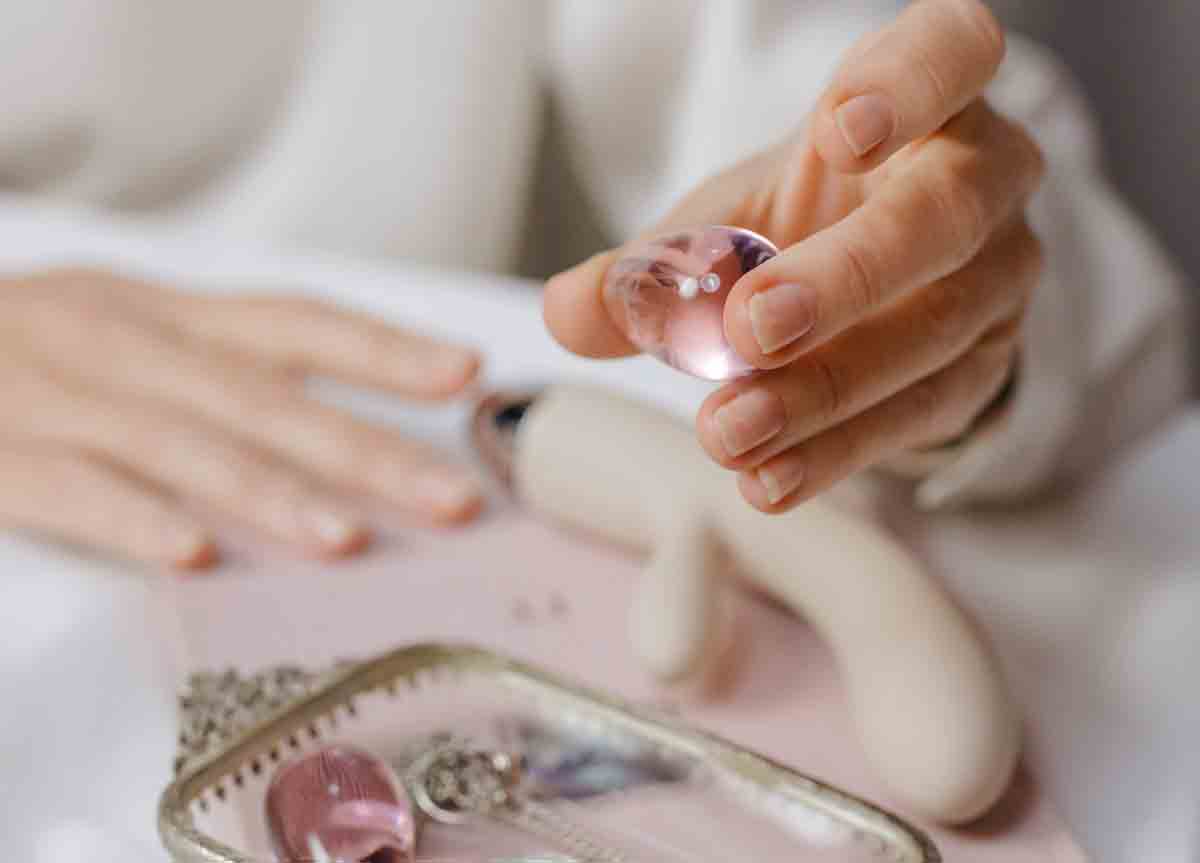
Popular among practitioners of pompoarism – intimate physical therapy – the yoni egg, a stone in the shape of an egg, which can be made of jade, quartz or obsidian, is introduced into the vagina to improve intimate and sexual health.
+ Trichotillomania: expert gives tips to treat the urge to pull out hair
+ 6 facts about the clitoris
+ Hilarious video: dog ends women’s poolside party
Although there is no medical and scientific proof, the object is used to strengthen muscles and energize the area, as well as to balance menstrual cycles, relieve cramps, increase libido and orgasms.
Despite seeming beneficial, experts do not recommend its use and warn about its dangers.
“There is no actual research to support these benefits. Putting a yoni egg inside the vagina does not have a positive impact on menstrual cycle regularity or PMS“, explains gynecologist and obstetrician Suchetha Kshettry to “Health Essentials”.
According to the doctor, any foreign body introduced in the area can negatively impact the function of the vagina and, consequently, cause complications.
In addition to altering the intimate PH, the stones can increase the risk of injuries and scratches in the area, facilitating the proliferation of bacteria.
The specialist warns about the risk of toxic shock syndrome, a health emergency condition related to a bacterial infection, which can cause serious problems and even death.
Although training to strengthen the pelvic floor is important, the use of a yoni egg can harm the practice.
“When you use it, you are not doing the sequence: contract, release and relax, which the training requires. This can lead to muscle spasms in the region”, warns Kshettry.
For women who want to solve intimate problems, such as urinary incontinence, cramps, lack of libido or orgasm, it is indispensable to consult a specialist in the subject.
“They can guide with effective exercises, refer to a physiotherapist, request examinations, and indicate the appropriate treatment for each case”.

